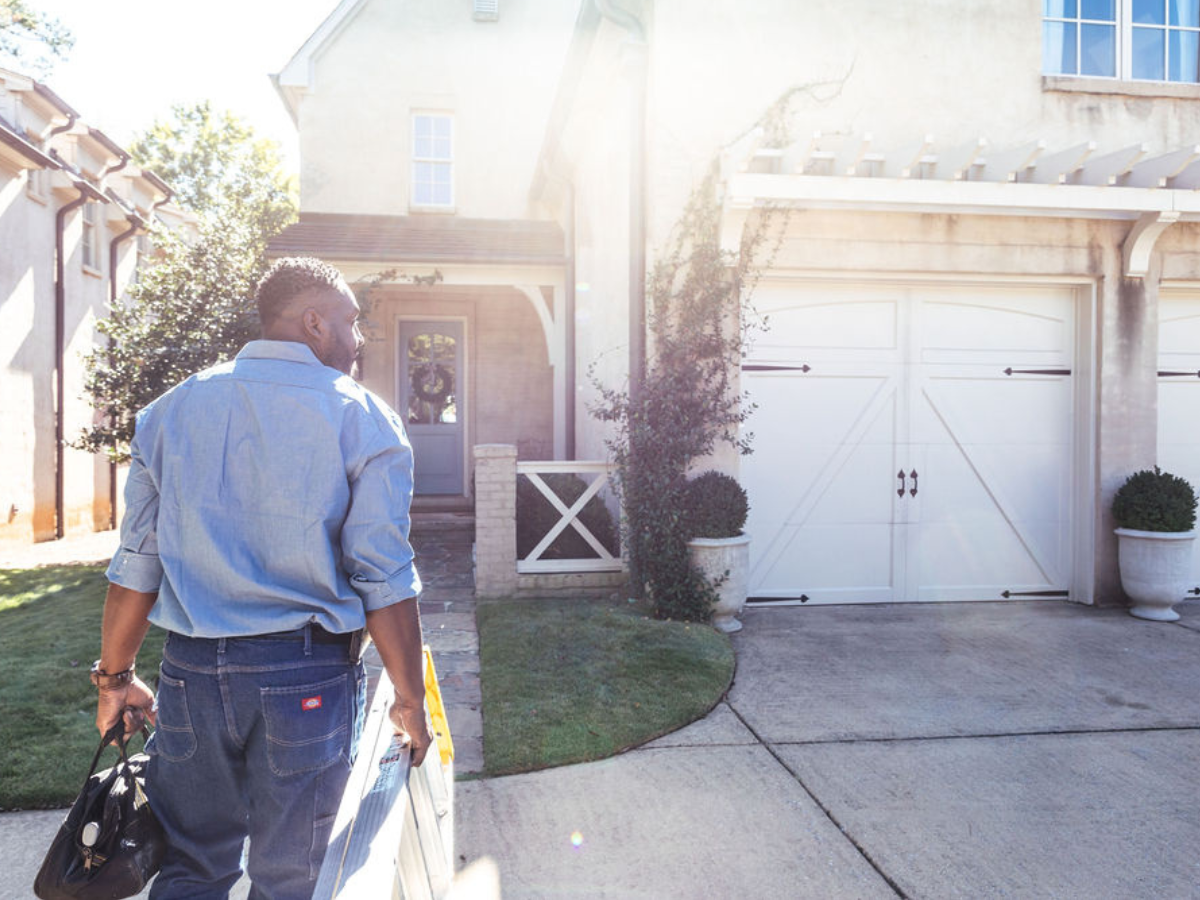Fear can be a powerful motivator, especially when it comes to protecting one's investments. For Toledo landlords, the fear of property damage due to delayed or inadequate maintenance is a common concern. By addressing this fear head-on and implementing a solid maintenance strategy, landlords can ensure the integrity and value of their properties while mitigating potential risks.
Introduction
Delayed or inadequate maintenance can lead to severe property damage, increased costs, and safety hazards. This article aims to highlight the consequences of neglecting property maintenance, emphasize the importance of routine maintenance, and offer strategies for effective maintenance management.
Property maintenance is not just about fixing things when they break; it is a proactive approach to preserving the value and integrity of a property. For example, a minor leak in the roof, if left unattended, can lead to water damage, mold growth, and structural issues, which are not only costly to fix but also pose health risks to occupants.
Well-maintained properties are more attractive to tenants and potential buyers. A property that is well-cared for reflects positively on the landlord and can command higher rental rates or selling prices. By investing in routine maintenance, landlords can protect their investments and ultimately maximize their returns.
Section 1: The Consequences of Neglecting Property Maintenance
Immediate Impacts
When landlords neglect property maintenance, they expose themselves to a range of immediate impacts. Increased costs, as minor issues escalate into major repairs, can quickly drain financial resources. In addition, severe property damage can result in safety hazards for occupants.
Moreover, the neglect of property maintenance can lead to legal implications for landlords. Failure to address maintenance issues promptly can result in violations of building codes and regulations, potentially leading to fines or legal actions. This neglect can also affect the landlord’s reputation and their ability to attract and retain tenants.
Long-Term Effects
Depreciation of property value is a significant concern as potential tenants or buyers may be deterred by visible signs of neglect. Additionally, the longer maintenance is delayed, the higher the likelihood of extensive—and expensive—repairs or component replacements.
Another long-term effect is the impact on tenant satisfaction and retention. Regular maintenance ensures the safety and comfort of tenants and fosters a positive relationship between landlords and tenants. Neglecting maintenance can lead to tenant dissatisfaction and, ultimately, high turnover, resulting in financial losses for landlords due to vacant properties and the expense of finding new tenants.
Section 2: Importance of Routine Maintenance
Preventive Measures
Preventive maintenance plays a crucial role in preventing significant damage and extending the lifespan of various property components. For example, routine maintenance of roofing, HVAC systems, and plumbing can identify and address minor issues before they escalate into major problems.
Cost Benefits
Investing in routine maintenance is more cost-effective in the long run compared to the high costs of major repairs resulting from neglect. Timely repairs and preventive measures help control the expense of property maintenance, saving landlords significant amounts of money in the long term.
Section 3: Strategies for Effective Maintenance Management
Regular Inspections
Scheduled inspections are important for effective maintenance management. Landlords should regularly check critical aspects of the property, including electrical systems, plumbing, structural integrity, and safety measures. By conducting regular inspections, landlords can identify potential issues before they become costly problems.
Maintenance Checklist
A comprehensive maintenance checklist can serve as a valuable tool for landlords. This checklist should include detailed instructions for seasonal maintenance tasks such as gutter cleaning, HVAC system servicing, and checking for any external property damage. Following a checklist ensures no critical maintenance task is overlooked.
Section 4: Dealing with Unexpected Property Damage
Immediate Response Plan
Despite meticulous maintenance, unexpected property damage may still occur. In such cases, having an immediate response plan is essential. This plan should outline the necessary steps for assessing and containing the damage while minimizing further risks to the property and its occupants.
Professional Assistance
When unexpected property damage occurs, landlords need to know when to call in professionals. Building a network of reliable contractors and service providers can ensure a swift and efficient response to unexpected damages. Professionals can assess the extent of the damage, provide expert guidance, and facilitate repairs or restoration.
Section 5: Implementing a Maintenance Plan
Setting Up a Maintenance Schedule
An effective maintenance plan starts with a maintenance schedule that covers all critical areas of the property. This schedule should outline when and how various maintenance tasks need to be performed. Regularly reviewing and updating this schedule ensures that important maintenance activities are not overlooked.
Communication with Residents
Engaging residents in maintaining their living spaces and promptly reporting issues can significantly contribute to the overall maintenance strategy. Regular communication and reminders to residents regarding their responsibilities can help establish a collaborative approach to property maintenance.
Section 6: Technological Tools for Maintenance Management
Maintenance Management Software
Technological tools such as maintenance management software can streamline maintenance processes and enhance efficiency. These software options allow landlords to track maintenance tasks, schedule repairs, and document expenses, providing a centralized platform for effective maintenance management.
Benefits of Technology Integration
Integrating technology into maintenance management reduces the risk of errors and oversight, saves time and resources, and provides a clear record of all maintenance activities. Ultimately, technology integration allows landlords to uphold a higher standard of property maintenance, enhancing the value and integrity of their investments.
Conclusion
In conclusion, addressing the fear of property damage due to delayed or inadequate maintenance is paramount for Toledo landlords. By understanding the consequences of neglecting maintenance, recognizing the importance of routine maintenance, and implementing effective maintenance management strategies, landlords can ensure the long-term integrity and value of their properties. They can overcome their fears and establish a solid maintenance strategy that brings peace of mind and financial security.
And don’t worry. If the above seems like all too much, you can always outsource maintenance and repairs to a professional property management company. Reach out to our local team today!


